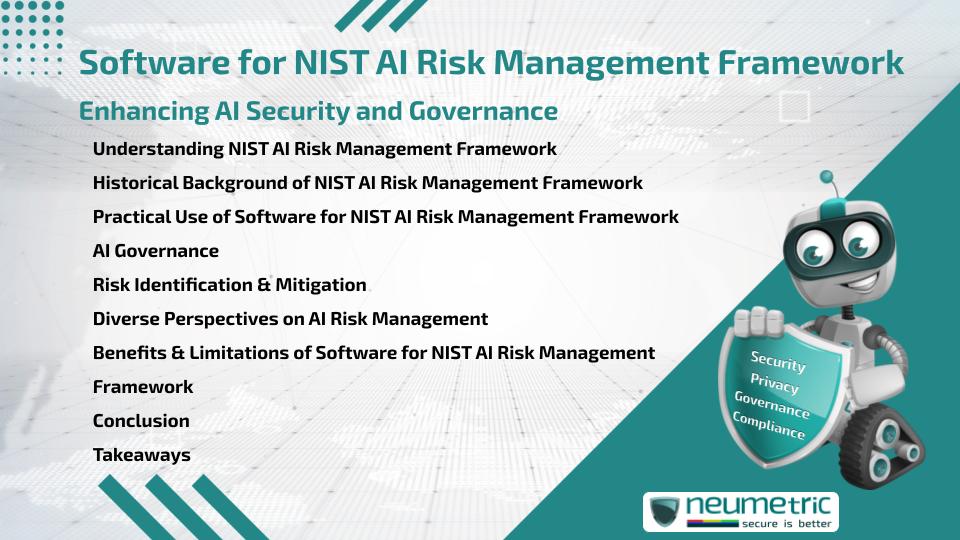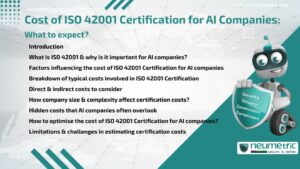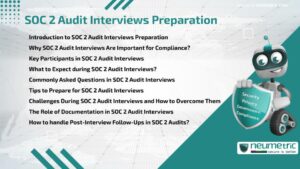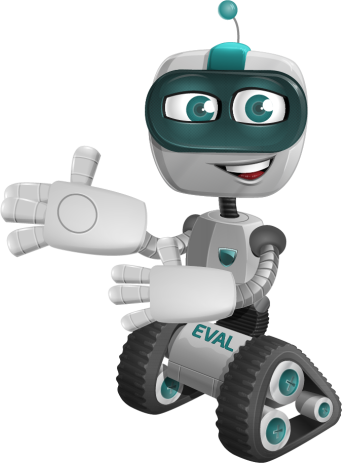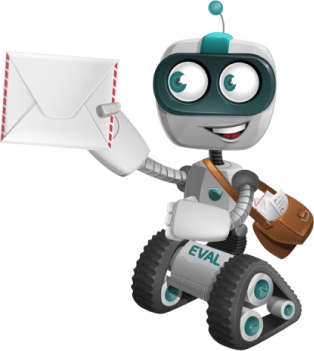Table of Contents
ToggleIntroduction
The integration of Artificial Intelligence (AI) into critical sectors has created numerous opportunities, but it also raises concerns about security, ethical use, & regulatory compliance. One of the most recognized frameworks for addressing these concerns is the National Institute of Standards and Technology (NIST) AI Risk Management Framework. This framework provides a structured approach to identifying, assessing, & managing the risks associated with AI technologies. In this article, we’ll explore how software for NIST AI Risk Management Framework plays a vital role in enhancing AI security & governance.
Understanding NIST AI Risk Management Framework
The NIST AI Risk Management Framework is a set of guidelines designed to help organizations understand & mitigate risks associated with AI technologies. By focusing on areas such as bias, fairness, transparency, & security, the framework supports organizations in building AI systems that are both responsible & reliable. The framework is built on the principles of trustworthiness, explainability, & accountability.
Implementing the software for NIST AI Risk Management Framework ensures that an organization can systematically address these areas through automated processes, making it easier to align AI development with best practices.
Historical Background of NIST AI Risk Management Framework
NIST has a long history of establishing standards & guidelines for various technologies. Their work in AI risk management is no exception. Initially, the focus was on traditional cybersecurity, but as AI began to evolve, so did the need for specialized frameworks. The NIST AI Risk Management Framework emerged as a response to the growing complexity & potential risks posed by AI systems.
The shift from manual risk assessments to automated solutions led to the development of software for NIST AI Risk Management Framework, enabling organizations to better track & mitigate risks in real-time. This software has become an indispensable tool in ensuring compliance & promoting AI accountability.
Practical Use of Software for NIST AI Risk Management Framework
AI Governance
One of the primary benefits of using software for NIST AI Risk Management Framework is improved governance. The software helps organizations manage the lifecycle of AI systems, ensuring they adhere to NIST guidelines from development through deployment. Automated risk assessments & audits are conducted regularly, identifying vulnerabilities & potential biases.
By integrating AI governance tools, organizations can create a more transparent environment, allowing stakeholders to understand how decisions are made by AI systems & ensuring these systems meet ethical standards.
Risk Identification & Mitigation
Another crucial function of software for NIST AI Risk Management Framework is risk identification & mitigation. AI systems can inadvertently introduce risks such as algorithmic bias, security vulnerabilities, & data privacy concerns. This software provides tools to continuously assess these risks & implement mitigation strategies in real-time.
For example, software can flag potential bias in AI training data or alert developers to security vulnerabilities before they lead to significant problems. This proactive approach reduces the chances of catastrophic failures down the line.
Diverse Perspectives on AI Risk Management
The adoption of AI in various industries has raised diverse viewpoints on how to manage associated risks. Some experts advocate for stricter regulatory controls to ensure AI systems are transparent, while others believe that too much regulation could stifle innovation.
From a practical standpoint, software for NIST AI Risk Management Framework offers a balanced solution. It enables organizations to comply with necessary regulations while allowing flexibility in how AI systems are developed. It ensures that AI systems are secure & trustworthy without overburdening developers with rigid compliance requirements.
However, there are challenges. Smaller organizations may find the initial costs of adopting specialized software prohibitive. Additionally, some critics argue that even the best software solutions can’t fully eliminate the inherent risks associated with AI technologies. While software for NIST AI Risk Management Framework can assist with monitoring & mitigation, human oversight remains crucial in ensuring long-term safety.
Benefits & Limitations of Software for NIST AI Risk Management Framework
Benefits
- Improved Risk Assessment: Software for NIST AI Risk Management Framework automates the process of identifying & assessing risks in AI systems.
- Compliance Assurance: It helps organizations maintain compliance with NIST guidelines & other regulatory frameworks.
- Efficiency & Scalability: The software reduces the need for manual intervention & can scale with the growth of AI applications.
Limitations
- Initial Costs: Implementing specialized software can be expensive, particularly for small to mid-sized organizations.
- Complexity of AI: Some argue that the complexity of AI systems might not always be fully captured by software tools, leading to potential oversights.
- Over-reliance on Automation: While automation is beneficial, human oversight is still necessary to ensure all ethical & security concerns are addressed.
Conclusion
The software for NIST AI Risk Management Framework offers a valuable tool for managing the risks associated with AI technologies. By automating risk assessments, ensuring compliance, & fostering transparency, this software plays a vital role in enhancing AI governance & security. However, it is essential to consider both the benefits & limitations before adopting such systems, as the complexities of AI require careful, ongoing oversight.
Takeaways
- The NIST AI Risk Management Framework provides guidelines for managing AI risks, focusing on areas like fairness, transparency, & security.
- Software for NIST AI Risk Management Framework enables organizations to automate risk management processes & ensure AI compliance.
- While beneficial, this software has limitations, such as initial costs & the need for human oversight.
FAQ
What is the NIST AI Risk Management Framework?
The NIST AI Risk Management Framework is a set of guidelines that help organizations assess & manage risks associated with AI technologies.
Why is software for NIST AI Risk Management Framework important?
This software helps organizations automate risk assessments, ensure compliance, & improve the security & governance of AI systems.
What are the main risks addressed by the NIST AI Risk Management Framework?
The main risks include algorithmic bias, data privacy concerns, transparency issues, & security vulnerabilities.
Can small organizations afford software for NIST AI Risk Management Framework?
The initial costs can be high, but many software providers offer scalable solutions that may be more affordable for smaller organizations over time.
How does the software improve AI governance?
The software helps automate risk assessments & audits, ensuring AI systems comply with governance & regulatory standards throughout their lifecycle.
Does software for NIST AI Risk Management Framework eliminate all AI risks?
While it significantly reduces risks, human oversight is still essential for addressing the full complexity of AI technologies.
Can AI systems still be biased even with Risk Management Software?
Yes, AI bias can still occur if the software doesn’t address underlying issues in data or model development. Continuous monitoring is necessary.
Is software for NIST AI Risk Management Framework suitable for all industries?
While it is highly beneficial for industries dealing with sensitive data & high-stakes AI applications, it can also be used across various sectors for improved risk management.

